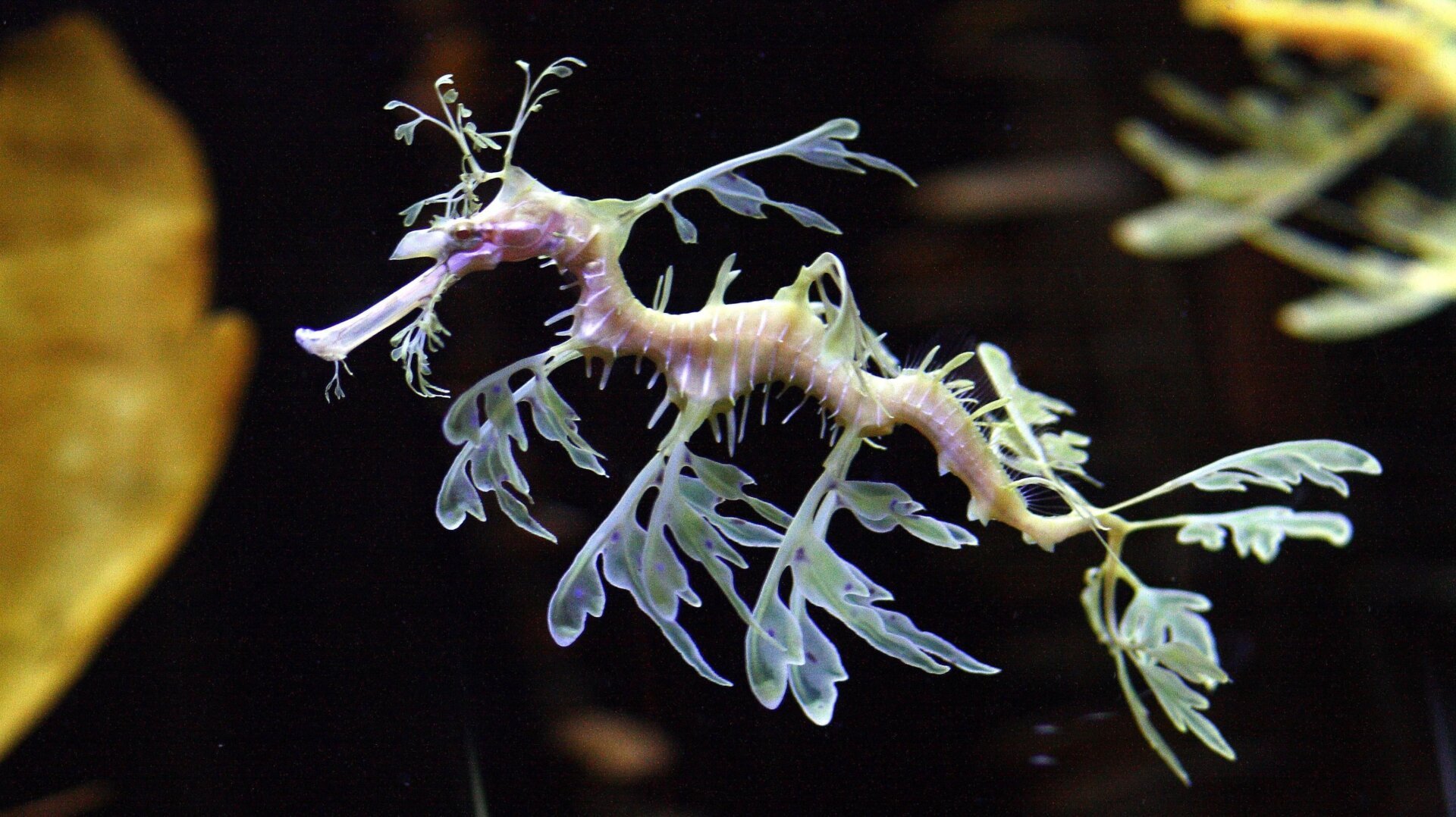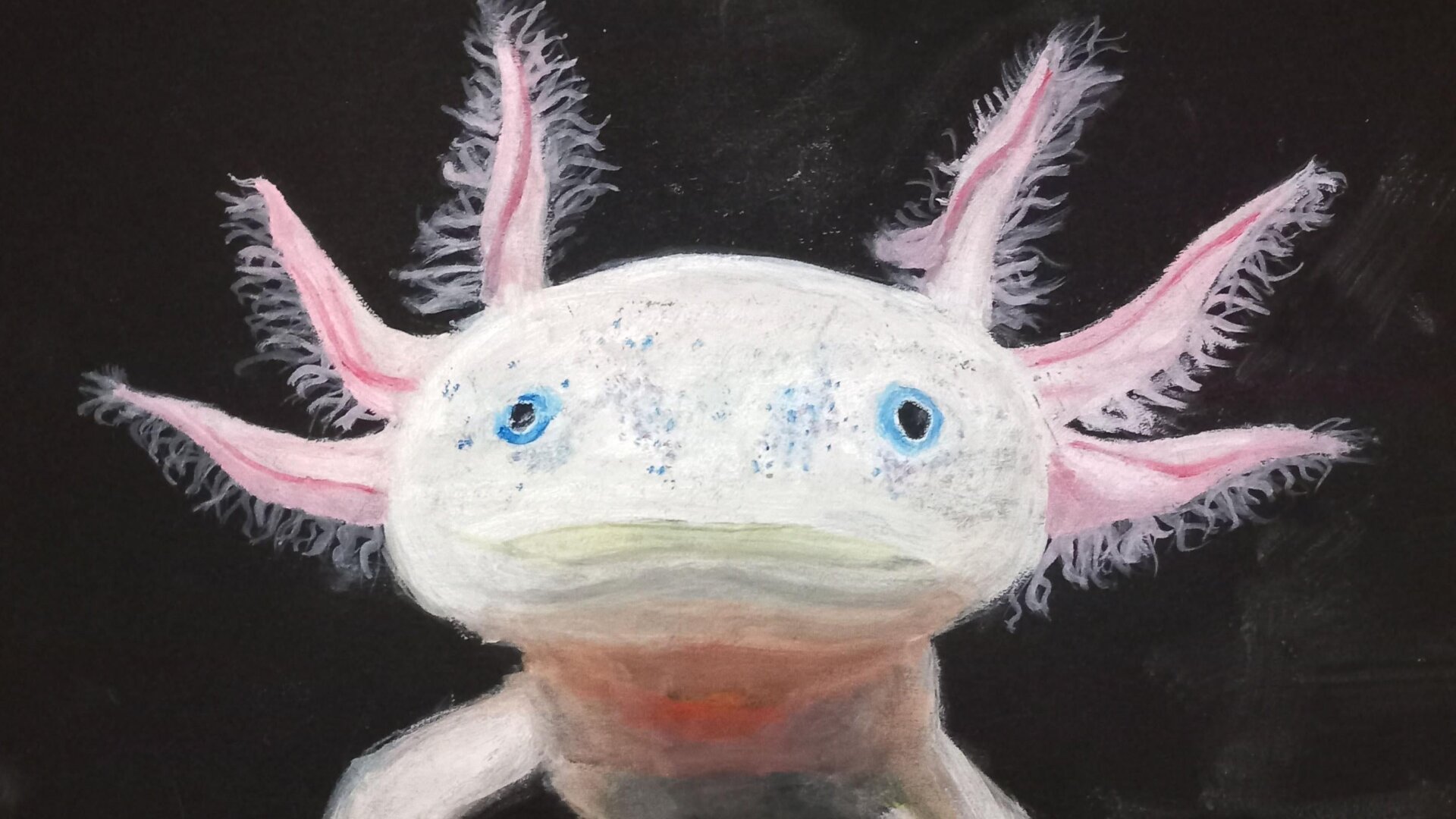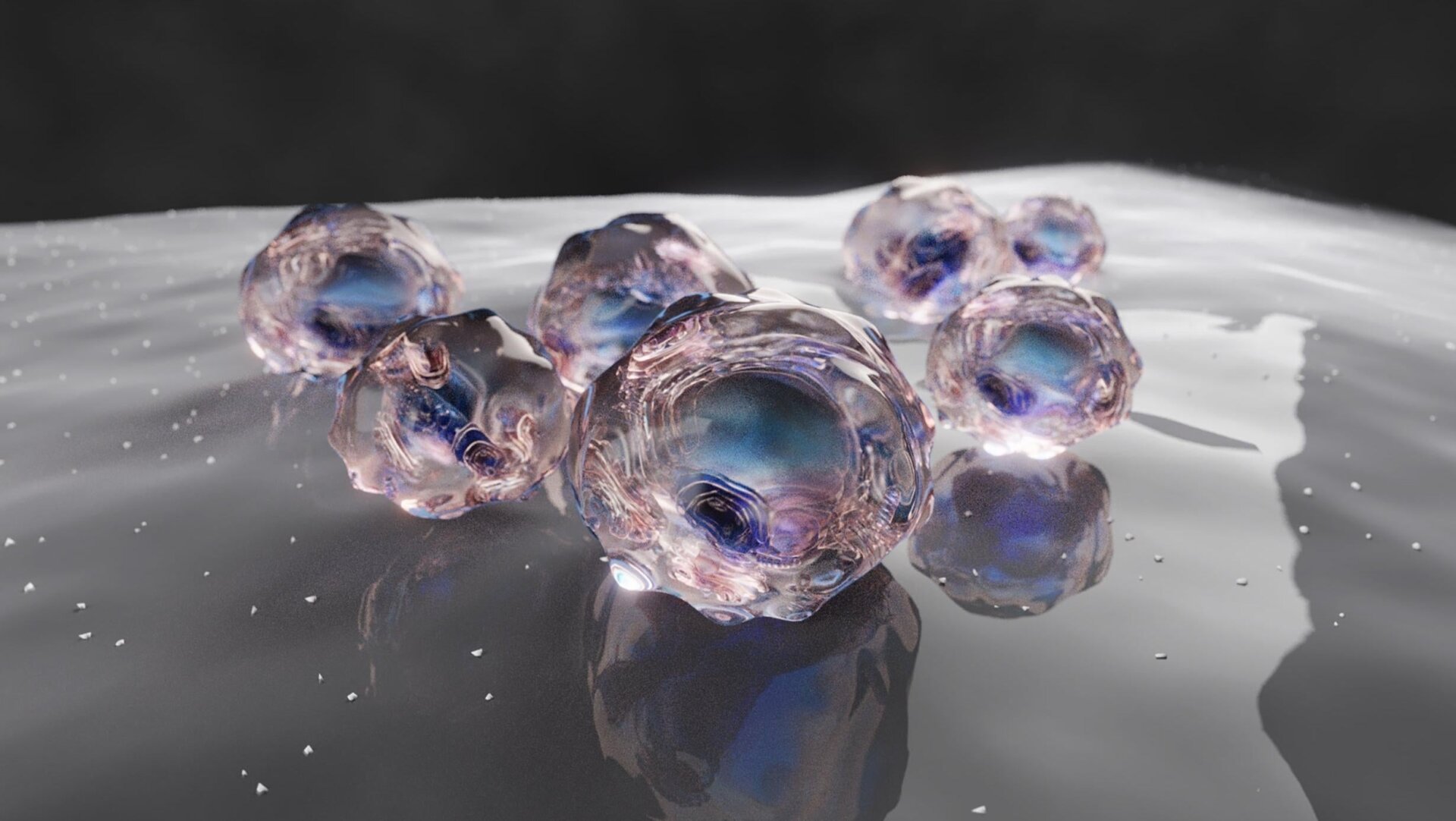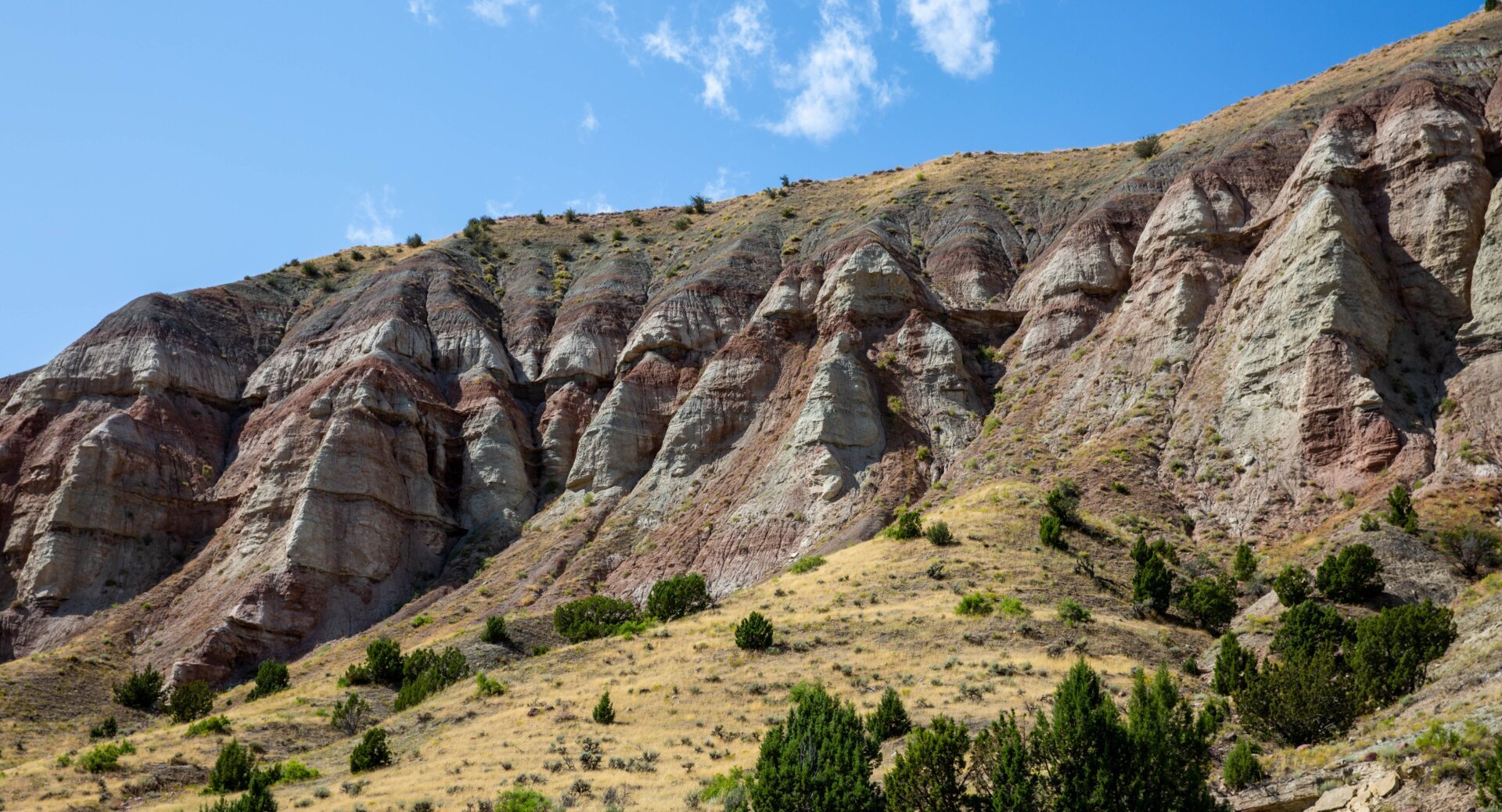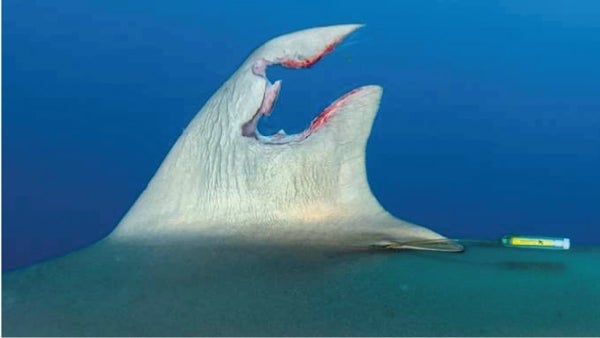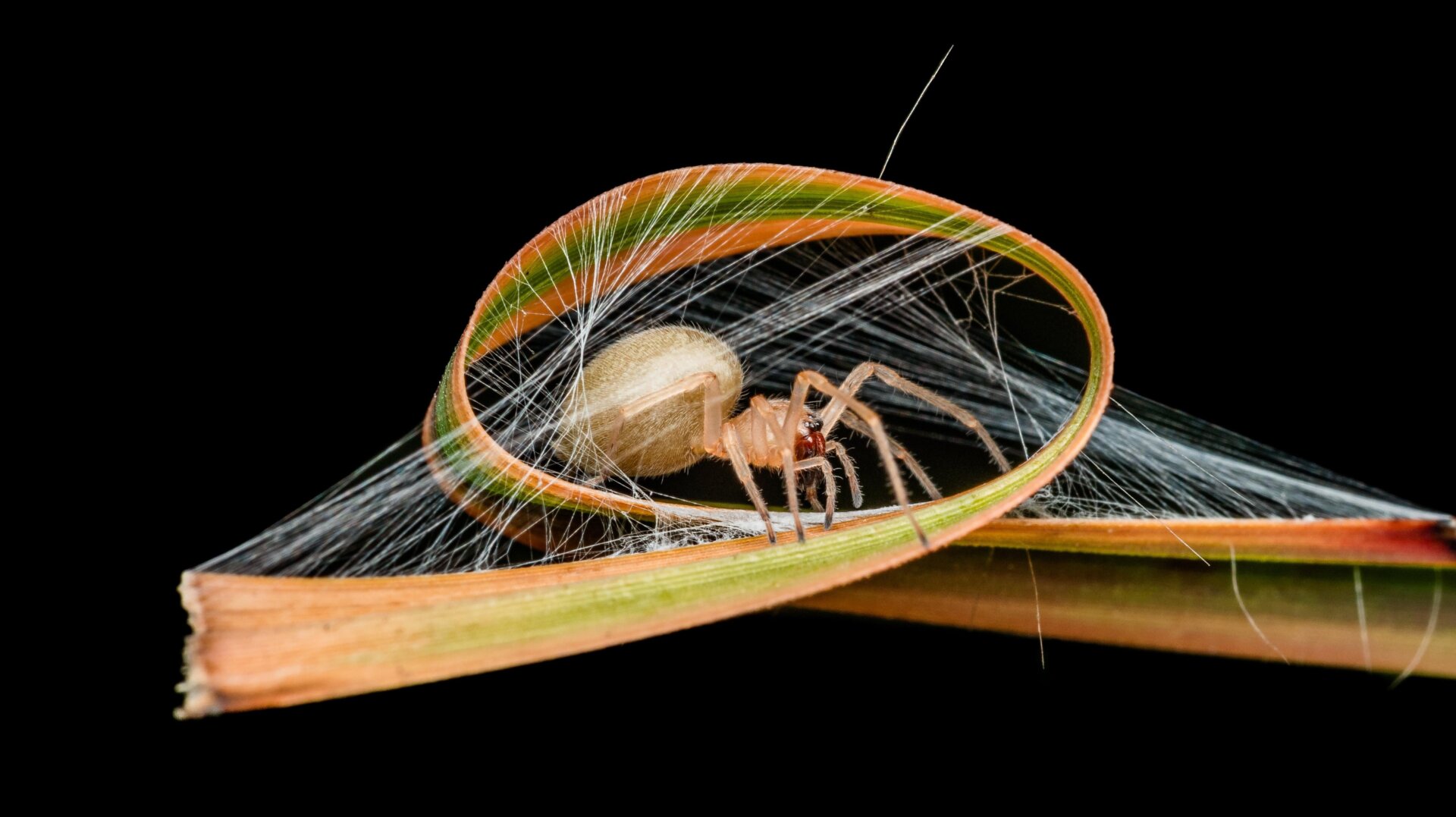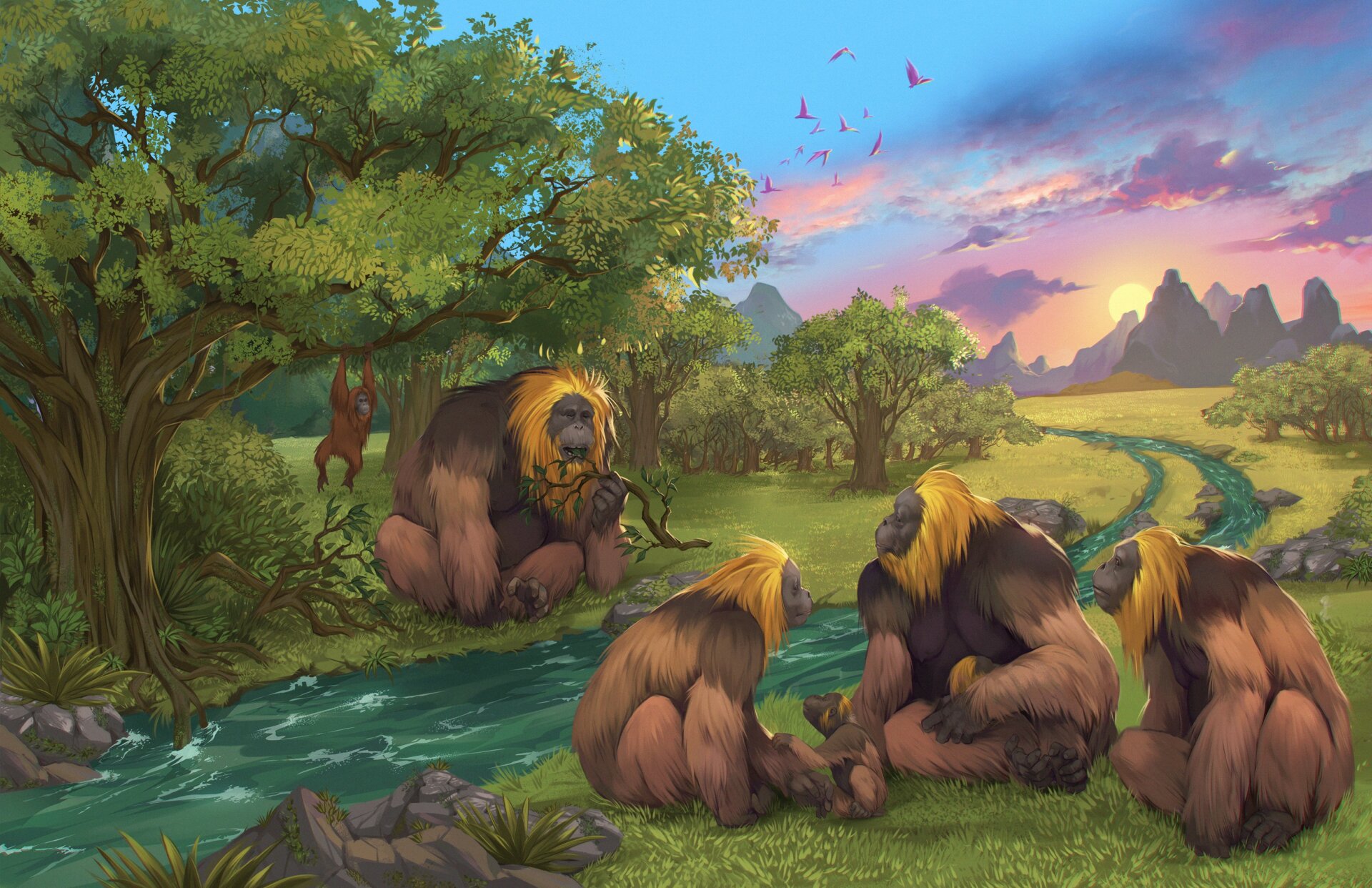Camouflage is essential for survival in the animal kingdom. Whether predator or prey, blending seamlessly with the environment can mean the difference between life and death. For predators, invisibility enhances hunting success; for prey, it offers a crucial defense mechanism. Natural selection has driven the evolution of remarkably diverse and ingenious camouflage strategies in animals. Let’s explore some of the most fascinating examples.
Mimicking the Surroundings
Many animals have evolved coloration and patterns that mirror their habitats. The Arctic fox, for instance, boasts a snow-white coat in winter, allowing it to vanish against the snowy landscape. During summer, its fur changes to brown, matching the tundra’s rocks and vegetation. This seasonal change in coloration provides effective camouflage year-round. Similarly, stick insects, with their elongated bodies and brown or green hues, perfectly resemble twigs and branches, making them virtually invisible to predators.
Disruptive Coloration
Disruptive coloration involves bold, contrasting patterns that break up the animal’s outline, making it difficult to distinguish against a complex background. Zebras are a prime example. Their black and white stripes blend with the dappled light and shadows of their grassland habitat, confusing predators and making it challenging to single out individuals within a herd. This tactic is particularly effective against predators like lions and hyenas.
Active Camouflage
Some animals take camouflage a step further by actively changing their appearance to match their surroundings. Cephalopods, like octopuses and cuttlefish, are masters of this art. Specialized pigment-containing cells in their skin allow them to rapidly adjust their color and texture, blending seamlessly with rocks, coral, or even the sandy seabed. This dynamic camouflage provides exceptional protection from predators and allows them to ambush unsuspecting prey.
Counter-shading
Counter-shading is a form of camouflage where an animal’s coloration is darker on its upper surface and lighter underneath. This counters the effects of natural light and shadow, making the animal appear flat and less noticeable. Sharks exemplify this strategy. Their dark dorsal surface blends with the deep ocean below, while their lighter ventral surface matches the brighter water surface above, effectively concealing them from both prey and potential predators.
Transparency
Certain animals, particularly those inhabiting aquatic environments, achieve camouflage through transparency. Jellyfish, for instance, are composed mostly of water, making them almost invisible in their watery surroundings. This transparency provides excellent protection from predators and allows them to drift unnoticed through the ocean currents.
In conclusion, camouflage is a crucial adaptation for survival in the wild. From mimicking the environment to actively changing color and texture, animals have evolved a remarkable array of camouflage strategies. These adaptations highlight the power of natural selection in shaping the diversity and ingenuity of life on Earth.



